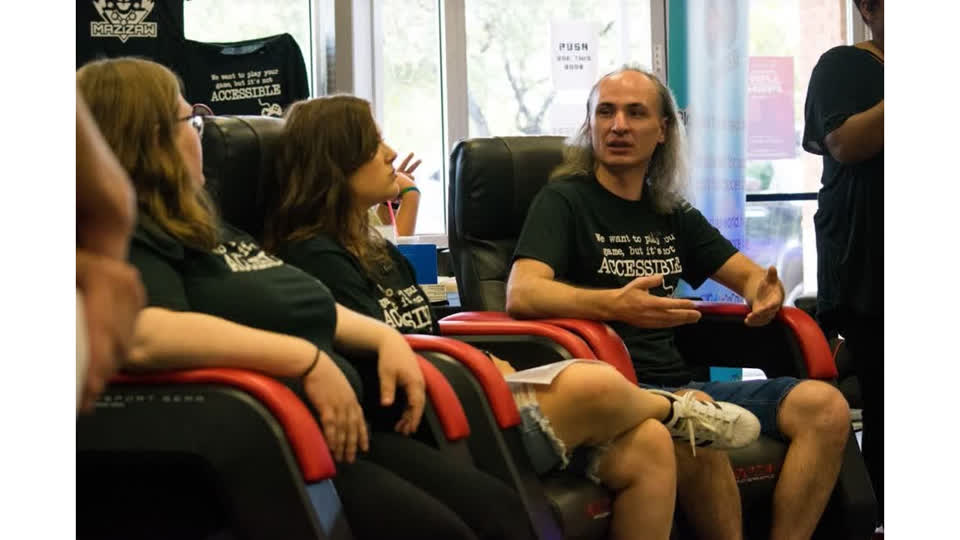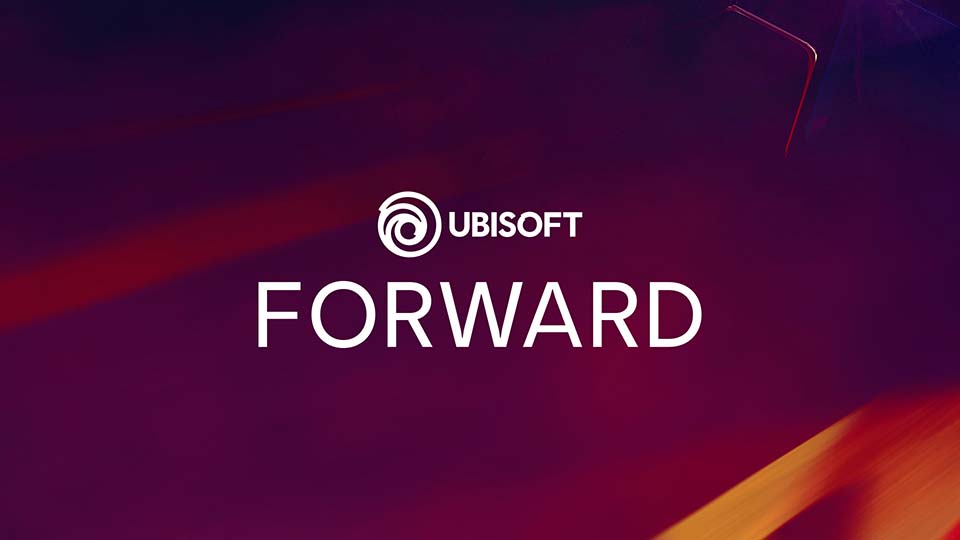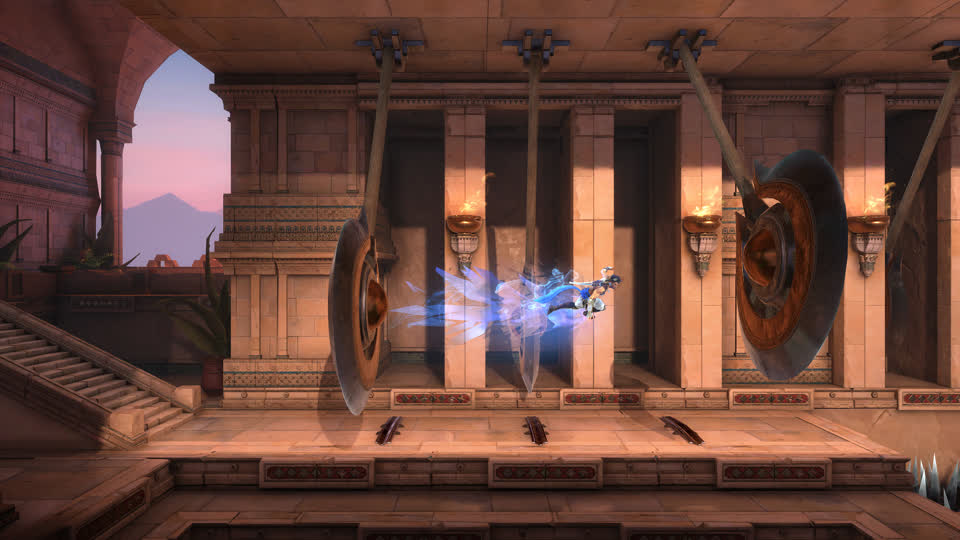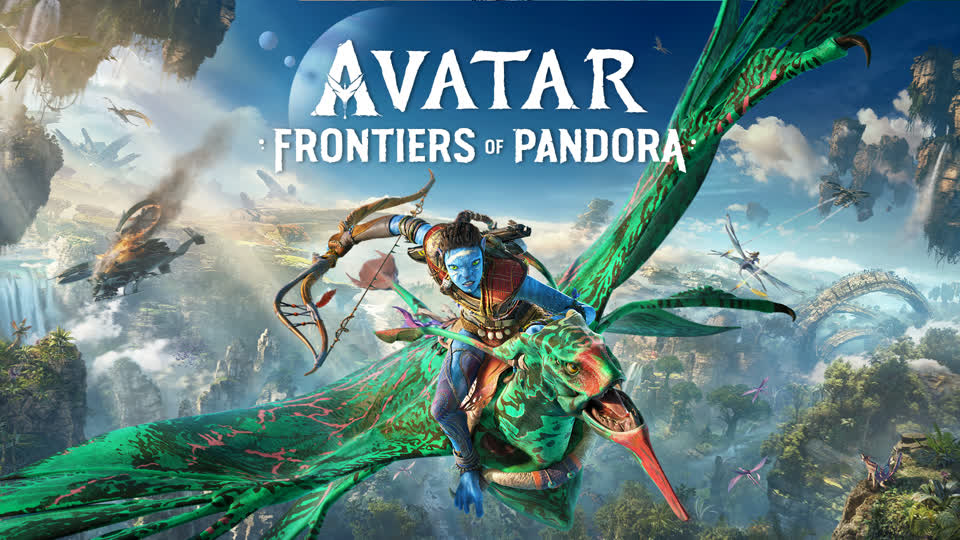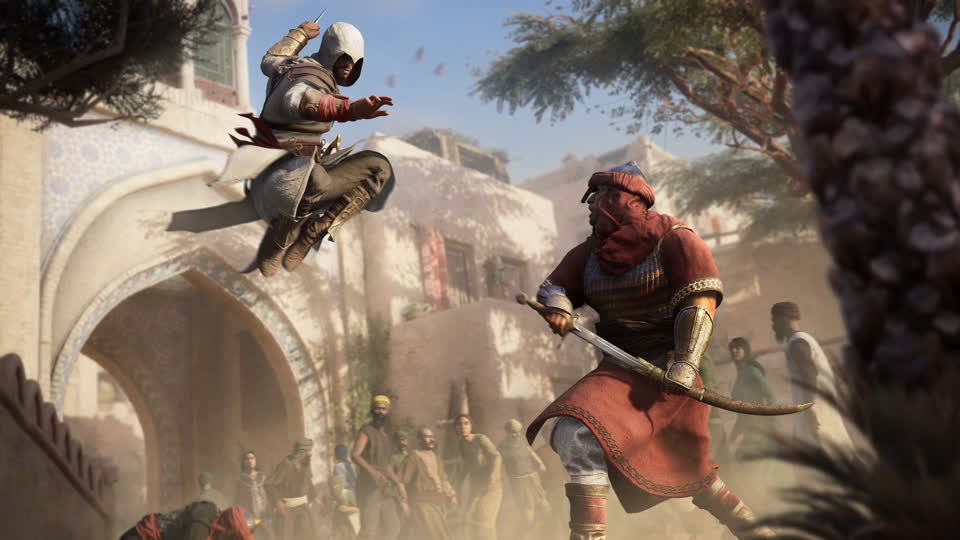Mazzcon 2019 was the first event of its kind. Taking place in Austin, Texas, and hosted by Mazizaw Entertainment, an organization for deaf gamers, MazzCon was the first videogame convention intended for deaf attendees featuring tournaments, cosplay, streaming and esports boot camps, and an accessibility panel. The panel showcased folks who work every day to improve videogame accessibility, and provided a forum where attendees could share their experiences with the panelists and offer suggestions for improvements and innovations.
The three panelists represented a wide field of backgrounds and specialties, and included Ivan Kulbych, lead gameplay designer at Ubisoft Kiev; Rikki Poynter, a prolific deaf content creator; and Christina Haslage, CEO of 1UponCancer, a community-based nonprofit dedicated to financial assistance for adults undergoing cancer treatment.
Following the convention, we spoke to Kulbych to find out more about his work in accessibility on Far Cry New Dawn, why the topic is important to him, and what more can be done to make games accessible to all players.
What is your background in video game accessibility?
Ivan Kulbych: I've been working in the videogame industry for 20 years now, but I think the first time I came across the term "accessibility", and started considering it in designs, was about five years ago. I only started to work on accessibility as separate game features when I joined the Far Cry New Dawn team in early 2018.
The Ubisoft Kiev Far Cry team has been working on some features that improve accessibility for Far Cry games for a while. For example, we built the colorblind options and PC control remapping for Far Cry 5.
So when we started working on Far Cry New Dawn, it made sense for the Kiev studio to take the lead on it. From the start, our goal was to push it as far as possible during our tight development timeframe, and we got great support from Ubisoft Montreal, the lead studio on the project.
Why is accessibility an important issue for you?
IK: It just doesn't make sense to me that many games have unnecessary barriers for many people to enjoy them. Removing those barriers benefits everyone – players, communities, game developers, publishers – and can improve the experience for many gamers who don't specifically require those features. Look at control remapping or subtitles, for example.
Why did you feel it was important to travel all the way to Texas to talk about accessibility?
IK: I've spent a lot of time designing accessibility features, and I feel that I need to spend time with people who use them. It helps me get a better understanding of their needs as well as share my experience with others. I believe that bringing more attention to this topic is making a difference.
What accessibility features does Far Cry New Dawn have? What made you decide to include them now?
IK: For Far Cry New Dawn, we included:
- Subtitles with customization options (size, background, speaker names)
- SFX visualization (showing directional arrow to game sounds and text describing them like "explosion")
- Color-blind mode support
- Menu voice-over
- Speech-to-text for coop voice chat
- Chat wheel
- Control remapping and adjustable sensitivity
Decisions were based on reading Far Cry 5 accessibility feedback, and our discussions with designers of other titles about this topic.
What challenges have you experienced? How did you overcome them?
IK: During Far Cry New Dawn production, our main challenges were tight deadlines and the absence of some necessary tech. The speech-to-text library we were using was still under development. Moving forward, we are making sure that our schedule can accommodate accessibility testing time, so we can polish the features. And technology is moving forward, so it's becoming easier to develop some of our features.
What areas do you feel need more work? What does standard accessibility looks like?
IK: For most games, there are noticeable pain points that can be handled to improve accessibility – like hard to read fonts, absence of controls customization, the lack of a colorblind mode, absence of visual feedback for those playing without sound, or specific choke points in gameplay. Identifying and removing those barriers should be standard.
What advice would you give to videogame developers looking to make their games more accessible?
IK: Making games more accessible can be easier than you think. There are many low-hanging fruits that players really appreciate. While full scope of things I mentioned in my last answer may sound like a lot of extra work, usually it's possible to find compromises. Often 20% of the work can yield 80% of the improvements, so I would advise at least to make an effort.
Has your approach to accessibility changed throughout your experiences? If so, how?
IK: Absolutely. I went from not being aware of the topic, to "OK, we should probably consider this in our design." Then "Let's see if we can push and improve this to industry best," and finally "Wow, there is a lot of appreciation for the limited things we were able to fit in."
What are the next steps towards videogames becoming even more accessible?
IK: There's still a long way to go. I think we need to increase the standard for basic accessibility features. Each feature we implemented can always be improved. We can have better word-wrapping for subtitles, or better quality for speech-to-text, for example. It's important to include product specific features as well. These may include features that affect gameplay deeper and more specifically depending on the genre.
What is Ubisoft doing to ensure our games are more accessible?
IK: There are multiple activities currently coordinated by Ubisoft's accessibility project manager, David Tisserand. We currently offer accessibility workshops for employees around the world, and an accessibility lab in Bucharest that tests and scores new Ubisoft titles. Overall, Ubisoft is moving in a positive direction with more visibility and support for accessibility company-wide.
